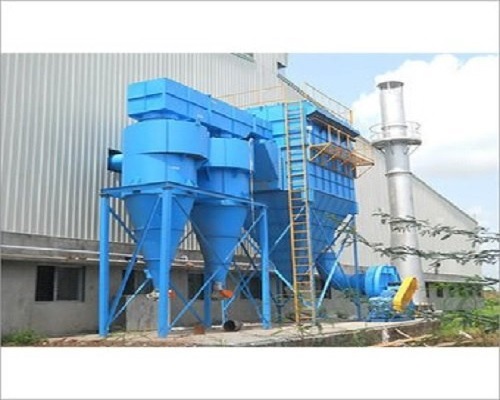Ash Handling Manufacturers in India, Chennai

Ash handling refers to the method of collection, conveying, interim storage and load out of various types of ash residue left over from solid fuel combustion processes.
Types of Ash Handling
- Fly Ash
- Bottom Ash
Fly Ash should be disposed of in dry mode (for normal continuous operation) and in wet slurry mode or high concentration slurry disposal (HCSD) mode (for initial operation period till 100% dry fly ash utilization is achieved and emergency operation when the dry disposal is interrupted). Fly Ash is a fine particulate that is collected via an economic hopper, air-preheated hopper and electrostatic precipitator (ESP).
Bottom Ash
Bottom ash should be disposed of in a wet or semi-wet mode. Bottom Ash is mostly coarse and hence needs to be crushed before it is transported via an Ash Handling System.
There Are Three Main Kinds Of Ash Handling Systems:
- Hydraulic system
- Pneumatic system
- Mechanical system
Hydraulic System: In this system, ash from the furnace grate falls into a system of water traveling at a high-pressure and is carried to the sumps. It is generally used in large power plants. The hydraulic system is generally used for intermittent ash disposal figures. In this method water at sufficient pressure is used to take away the ash to a sump. The ash is then dumped. In this method, a low-pressure jet of water coming out of quenching nozzle is used to cool the ash. The ash falls into a trough and is then removed.
Pneumatic System: In this system ash from the boiler ash outlet falls into a blow tank provided below the ash hopper. The fly ash is then pushed into pipelines and conveyed by the air stream to the point of delivery. Air leaving the ash separator is passed through a filter to remove dust etc and release clean air to the atmosphere.
Mechanical System: In this system cooled ash falls on the belt conveyor and is carried out continuously to the bunker. The ash is then removed to the dumping site from the ash bunker with the help of trucks. Ash Handling System is the best: low investment and operating costs, operational safety, simplicity, flexibility and high transport capacity depending on channel size. It has no moving part and transports the material with low speed, in a protecting operating mode
Visit us Google Maps

Leave a Reply
Want to join the discussion?Feel free to contribute!